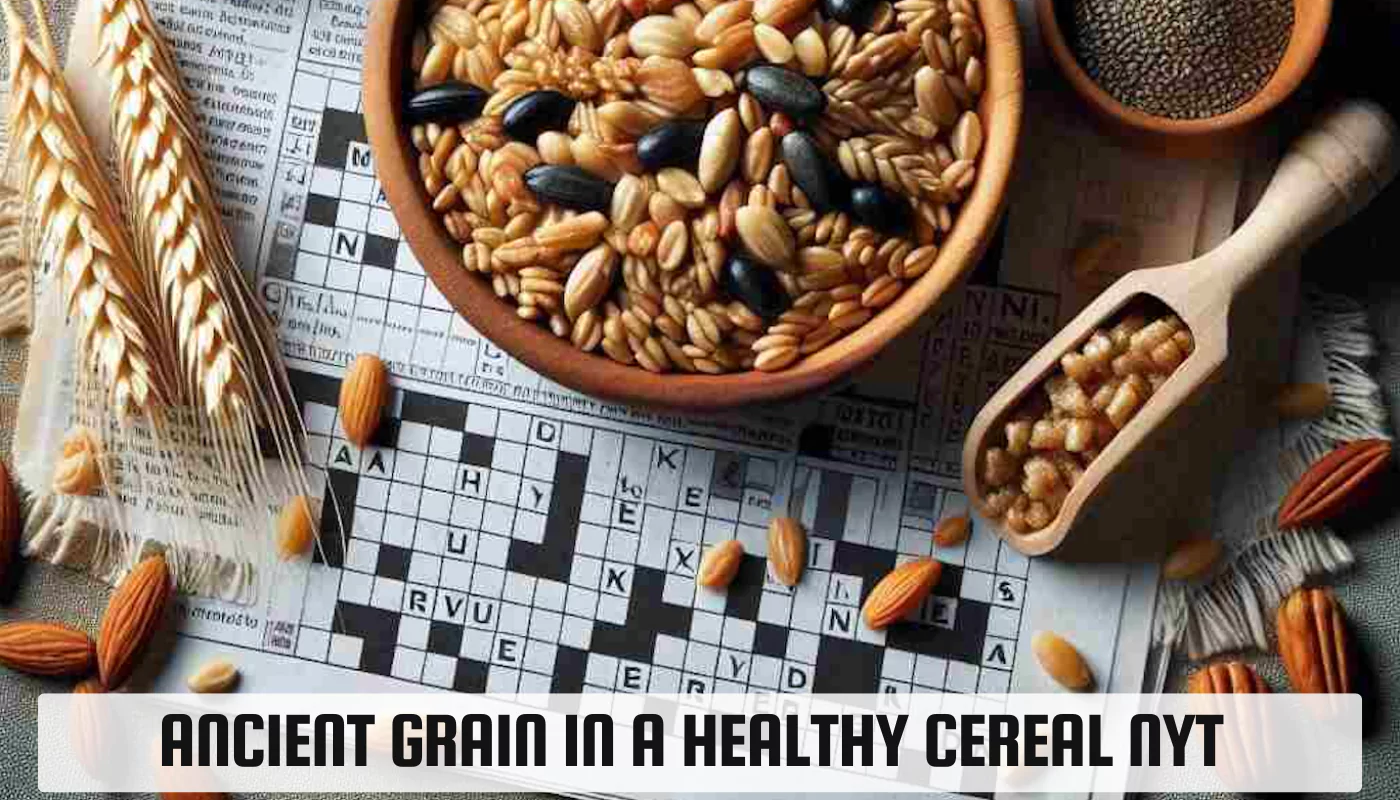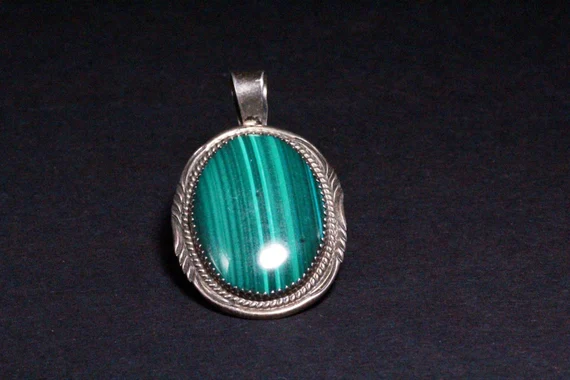In recent years, there has been a significant shift towards healthier eating habits, with many people looking to ancient grains as a nutritious addition to their diets. Ancient grains like quinoa, amaranth, spelt, and farro are packed with essential nutrients and offer a range of health benefits. Incorporating these grains into your breakfast cereal can be a delicious and effective way to start your day on a healthy note. Here’s a comprehensive guide, inspired by insights from The New York Times, on how to use ancient grains in healthy cereals.
What Are Ancient Grains?
Ancient grain refer to grains that have remained largely unchanged over the past several hundred years. Unlike modern wheat and other grains that have been selectively bred and modified, ancient grains are more similar to their original forms. This group includes grains like:
- Quinoa: A complete protein that contains all nine essential amino acids.
- Amaranth: High in protein, fiber, and micronutrients like magnesium and iron.
- Spelt: An ancient form of wheat that is easier to digest and rich in minerals.
- Farro: A type of wheat grain known for its nutty flavor and chewy texture.
These grains are not only nutritious but also versatile, making them an excellent choice for a variety of dishes, including cereals.
Health Benefits of Ancient Grains
Ancient grains are celebrated for their nutritional profiles and health benefits:
- High Nutrient Content: They are rich in vitamins, minerals, and antioxidants. For instance, quinoa is an excellent source of magnesium, iron, and B vitamins.
- Protein Powerhouses: Many ancient grains, such as quinoa and amaranth, are high in protein, making them ideal for those looking to increase their protein intake without relying on animal products.
- Fiber-Rich: These grains are high in dietary fiber, which aids in digestion, helps maintain a healthy weight, and reduces the risk of heart disease.
- Low Glycemic Index: Ancient grains tend to have a lower glycemic index compared to refined grains, meaning they have a more gradual effect on blood sugar levels.
How to Incorporate Ancient Grains into Your Cereal
Incorporating ancient grains into your breakfast cereal can be a delightful way to enjoy their health benefits. Here are some practical tips:
- Choose Your Base: Start with a base of your preferred ancient grain. Quinoa and amaranth can be cooked similarly to oatmeal, while spelt and farro work well when mixed with other grains or used as a topping.
- Mix and Match: Combine different ancient grains to create a unique blend. For example, mix quinoa, amaranth, and spelt flakes for a diverse texture and flavor profile.
- Add Fruits and Nuts: Enhance the nutritional value and taste of your cereal by adding fresh or dried fruits, nuts, and seeds. Berries, bananas, almonds, and chia seeds are excellent choices.
- Sweeten Naturally: Avoid refined sugars by sweetening your cereal with natural alternatives like honey, maple syrup, or agave nectar.
- Use Dairy or Dairy Alternatives: Pour your choice of milk or a dairy-free alternative like almond, soy, or oat milk over your cereal for added creaminess and nutrition.
Recipe Ideas
Here are a few recipe ideas to get you started with ancient grain cereals:
1. Quinoa Breakfast Bowl
- Ingredients: 1 cup cooked quinoa, 1/2 cup almond milk, 1 tablespoon honey, 1/4 cup fresh berries, 1 tablespoon chia seeds, 1 tablespoon almond slivers.
- Instructions: Combine cooked quinoa and almond milk in a bowl. Drizzle with honey and top with berries, chia seeds, and almond slivers. Serve warm or chilled.
2. Amaranth Porridge
- Ingredients: 1 cup amaranth, 2 cups water, 1/2 cup coconut milk, 1 tablespoon maple syrup, 1/4 cup sliced bananas, 1 tablespoon flax seeds.
- Instructions: Cook amaranth in water until tender, about 20 minutes. Stir in coconut milk and maple syrup. Top with sliced bananas and flax seeds before serving.
3. Spelt and Farro Muesli
- Ingredients: 1/2 cup spelt flakes, 1/2 cup farro, 1/4 cup dried apricots (chopped), 1/4 cup walnuts, 1 tablespoon honey, 1 cup Greek yogurt.
- Instructions: Mix spelt flakes, farro, dried apricots, and walnuts in a bowl. Drizzle with honey and serve with a side of Greek yogurt.
Tips for Buying and Storing Ancient Grains
- Buy in Bulk: Ancient grains can be purchased in bulk from health food stores or online, which can be more economical.
- Store Properly: Keep grains in airtight containers in a cool, dry place. For longer shelf life, consider refrigerating or freezing them.
- Check Labels: When buying packaged grains, check the labels to ensure they are whole grains and not processed or refined.
Conclusion
Incorporating ancient grains into your breakfast cereal is a fantastic way to boost your nutrient intake and enjoy a healthy, satisfying meal. With their rich history and impressive health benefits, ancient grains like quinoa, amaranth, spelt, and farro can transform your morning routine. Experiment with different combinations, add your favorite toppings, and savor the wholesome goodness of these timeless grains.




